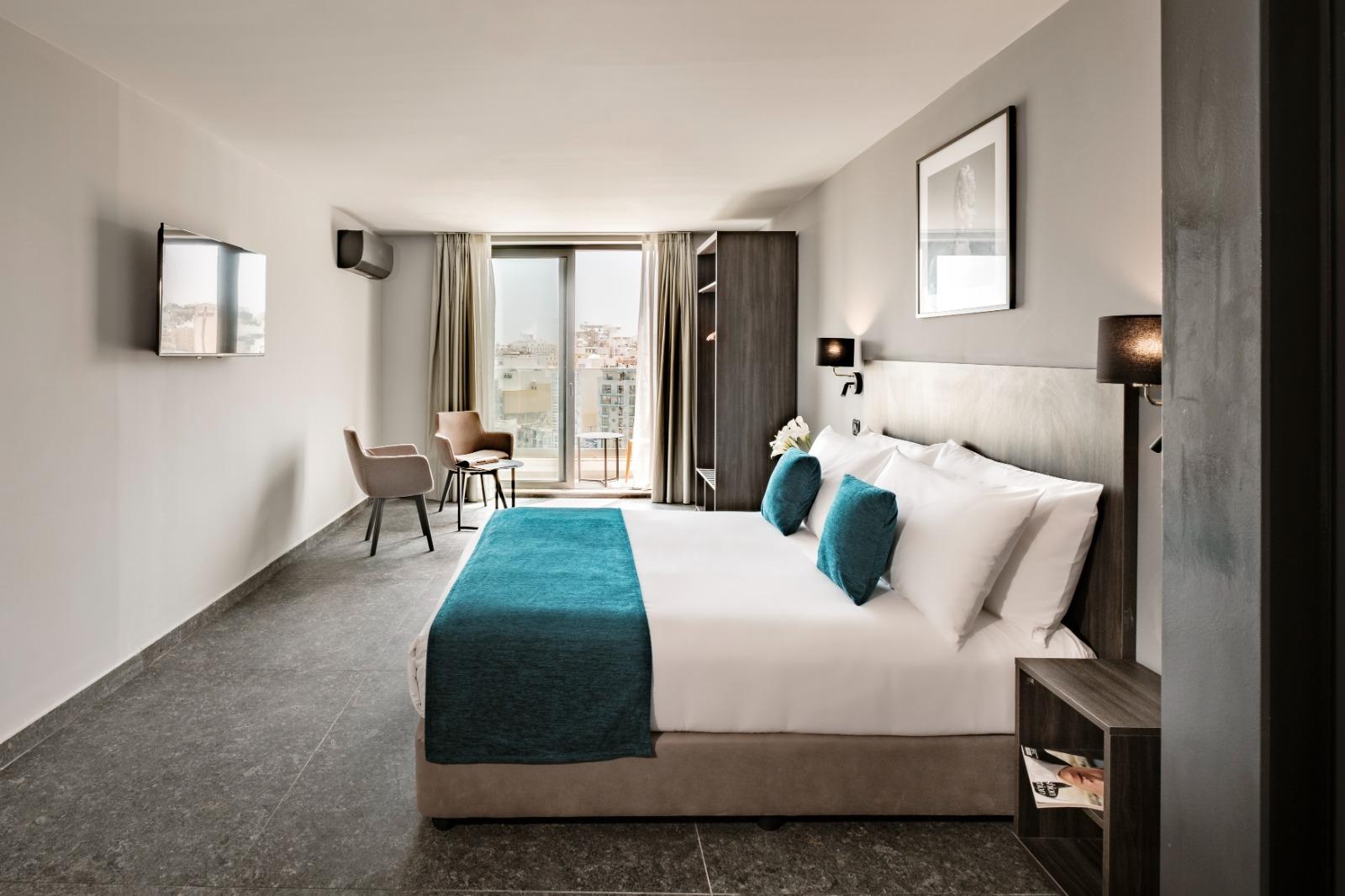Olivia-Ann Calleja describes herself as a versatile person and a lover of variety. She believes these traits can be seen throughout her work and often allow her to go above and beyond with her designs, especially when there is lighting involved.
She has experience working on various types of projects – from lighting for residential projects to larger commercial projects and even retail outlets – She insists sticking to the basics is always a crucial element at the initial stages, irrelevant of the project at hand. She also highlights the importance of practicality when working on designs for kitchen. Olivia-Ann believes this should be coupled with aesthetically pleasing designs.
When planning lighting for kitchens, Olivia-Ann says the very first step should always involve analysing the natural light one has available.
“Initially you need to start from the natural daylight available,” she says, adding that the orientation of the layout is also very important. When these elements have been properly assessed, one can then move on to planning the artificial lighting.
Olivia-Ann explains that there may be situations were natural lighting is lacking or, at times, even missing and when this is the case, one would most likely have to plan for two schemes.
“In such cases, you have a lighting set up that in some way ‘replaces’ natural daylight, that’s the first scheme.
The second is when you have a set up for night time with the use of artificial light, as you would most likely have in normal circumstances,” she says.
“Trying to mimic natural daylight may prove to be quite costly, so natural light in a very liveable place, such as the kitchen, should always be kept a priority,” she suggests. For this reason, one should always seek to identify the amount of natural light available before carrying out any further work.
Olivia-Ann believes light is the backbone of the design of any space and for kitchens, this is even more so. Artificial light, she says, is a “crucial factor” to bringing out the inter design work.
“The best thing about artificial lighting is that you can play theatre, expose to life the beautiful while also having the opportunity to hide away the rest.
“You are able to bring to the forefront objects as the protagonists while also shining light on the main actor, purely out of reflections.”
Olivia-Ann regards functionality as the most basic element of a kitchen and so the lighting set up chosen should reflect this. She explains how the main priority, especially in kitchens, should be what is called ‘task lighting’.
“Task lighting is the correct light and level required to carry out a task in the designated space. For example, in the kitchen this is mainly cooking while in the living room this would be reading or watching television.
“When working on a lighting set up, you need to at least get this aspect right,” insists Olivia-Ann.
She also highlights the importance of having the right levels of lighting. People get used to the lighting they have, says Olivia-Ann, especially if they have been exposed to it for a good number of years.
“Our eyes have a process called adaptation, if we are exposed to poor lighting regularly, our eye adapts and we don’t even realise that something may be wrong and that there could be an accumulation of damage which we’re putting on ourselves on a daily basis.”
Olivia-Ann says one may use a well-calibrated lux meter − a tool which correctly identifies the amount of lux level there is for different areas in a room – so as to determine whether the light used is at the right levels.
Olivia-Ann insists that once one determines that the lighting used at present is not adequate, there are various way of going about improving the situation.
She also points out that while changes would certainly be needed in such cases, one may be able to carry out certain adaptations without having to completely renovate the whole kitchen.
“You don’t necessarily need to change anything in the structure of the kitchen. For example, if a false ceiling is installed and a new lighting layout is implemented, then you can get the correct lighting while also keeping that same kitchen.
“On the other hand, in the case of farm houses and houses of character, where there may be a number of beams throughout the room, one may have to carry out some more elaborate electrical works before achieving the desired results.”
For Olivia-Ann, a number of aspects determine what lighting set-up to implement. She once again brings up functionality, insisting on this since the kitchen is often one of the most frequently used rooms in a house.
Yet she also points out that design aesthetics should also be kept in mind.
“Elements of energy saving are also very important. This is a room that is in regular use and so should be as efficient as possible,” she says.


